As an Amazon Associate I earn from qualifying purchases.
I am here to tell you that smoked bison brisket can be as good as beef, but because bison are so lean, you will need to modify how you go about it. Here’s how to smoke yourself a tender, juicy bison brisket.
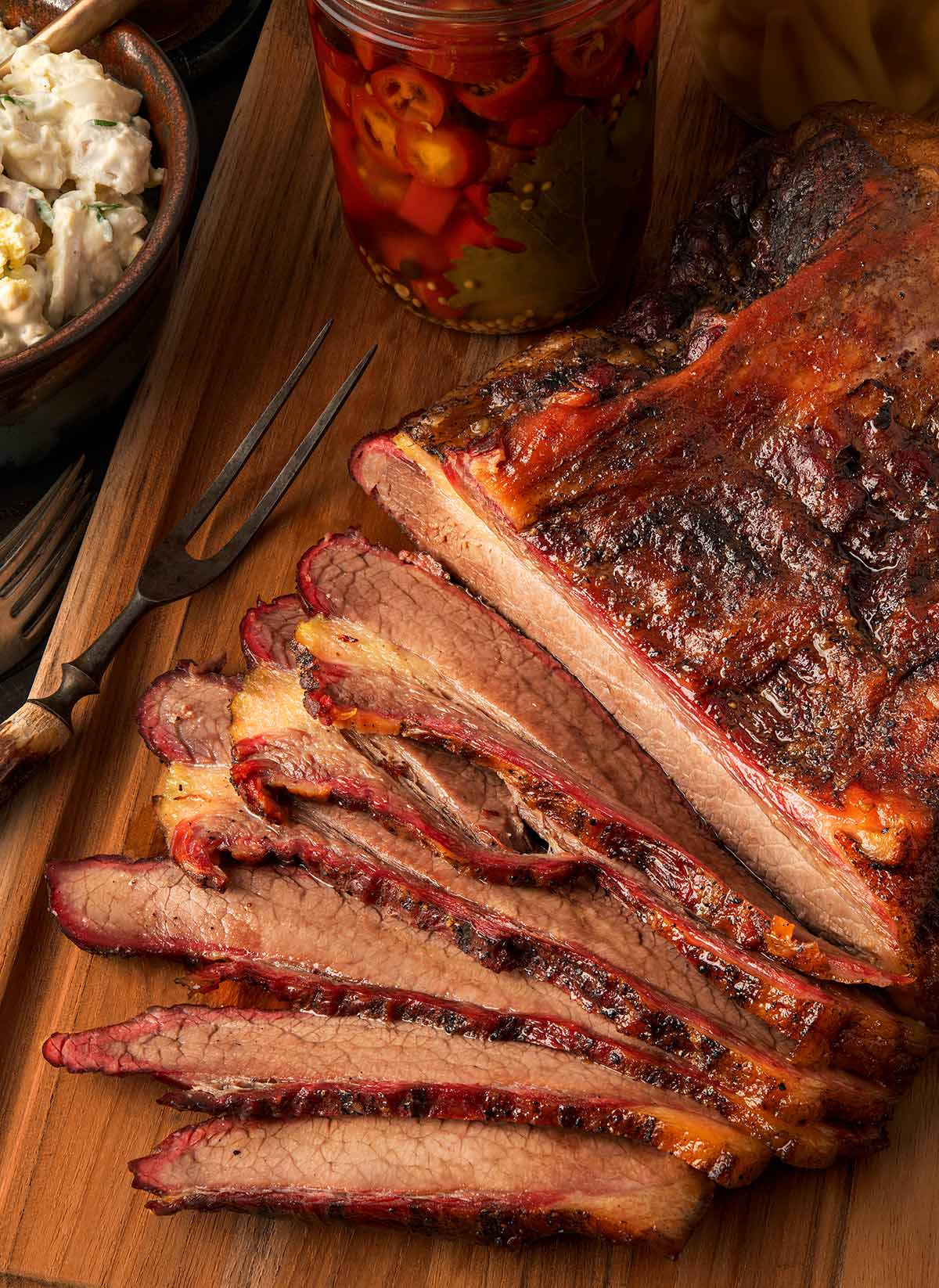
The most important thing you must remember is that smoking a bison brisket takes time. Lots of time. Longer than beef.
This is for two reasons: First, bison tend to be slaughtered (or shot when hunted) far older than the beef you buy in the store, so the meat will be tougher — but more flavorful. The second reason is because bison is lean the brisket will spend more time wrapped than a beef brisket would.
If you are new to smoking brisket, it generally goes like this: You smoke the meat for a few hours, and by a few I mean anything from three to eight or more, then you wrap the brisket in either butcher paper or foil, letting it steam so the connective tissue melts and the brisket becomes tender.
Yes, you can in theory smoke a brisket unwrapped the whole time, but few people do these days.
Bison brisket needs that wrap time. A lot. More than you think. This is because its connective tissue is stronger than that of store-bought beef.
So my general method follows this:
- Salt the bison brisket ahead of time, up to the night before.
- Get the smoker going, then move the bison, cold, to the smoker. This helps develop a better smoke ring.
- After a few hours, wrap the brisket and keep smoking, or move it to a low oven. How long? Until it’s tender. This can take many hours.
But I can assure you: Eventually, bison brisket will get tender! Let’s break down these stages.
Seasoning Bison Brisket
I am a purist in the Texas style of smoking brisket, so for me, seasoning is only salt and freshly ground black pepper. That’s all. I want to taste the meat.
That said, apply any rub you want to your bison brisket. Most have salt, and if not, add some.
When? Ideally the night before you start smoking your brisket. This lets things settle and stick, and the salt will penetrate the meat.
Smoking a Bison Brisket
Cold meat develops a better smoke ring because the ring stops developing once the meat hits an internal temperature of roughly 140°F. So the longer the brisket takes to get there, the better the smoke ring.
I set my smoker to about 200°F. Don’t go higher than 250°F if you can help it.
Wood is up to you. I prefer oak, hickory or fruit woods here, and mesquite if you want a strong smoke flavor. Avoid alder, as it’s too light for bison brisket.
How long? At least three hours, and I prefer a solid 5 to 8 hours. Long enough to get the smoke ring, long enough to get solid smoke, but not so long you start drying out the meat.
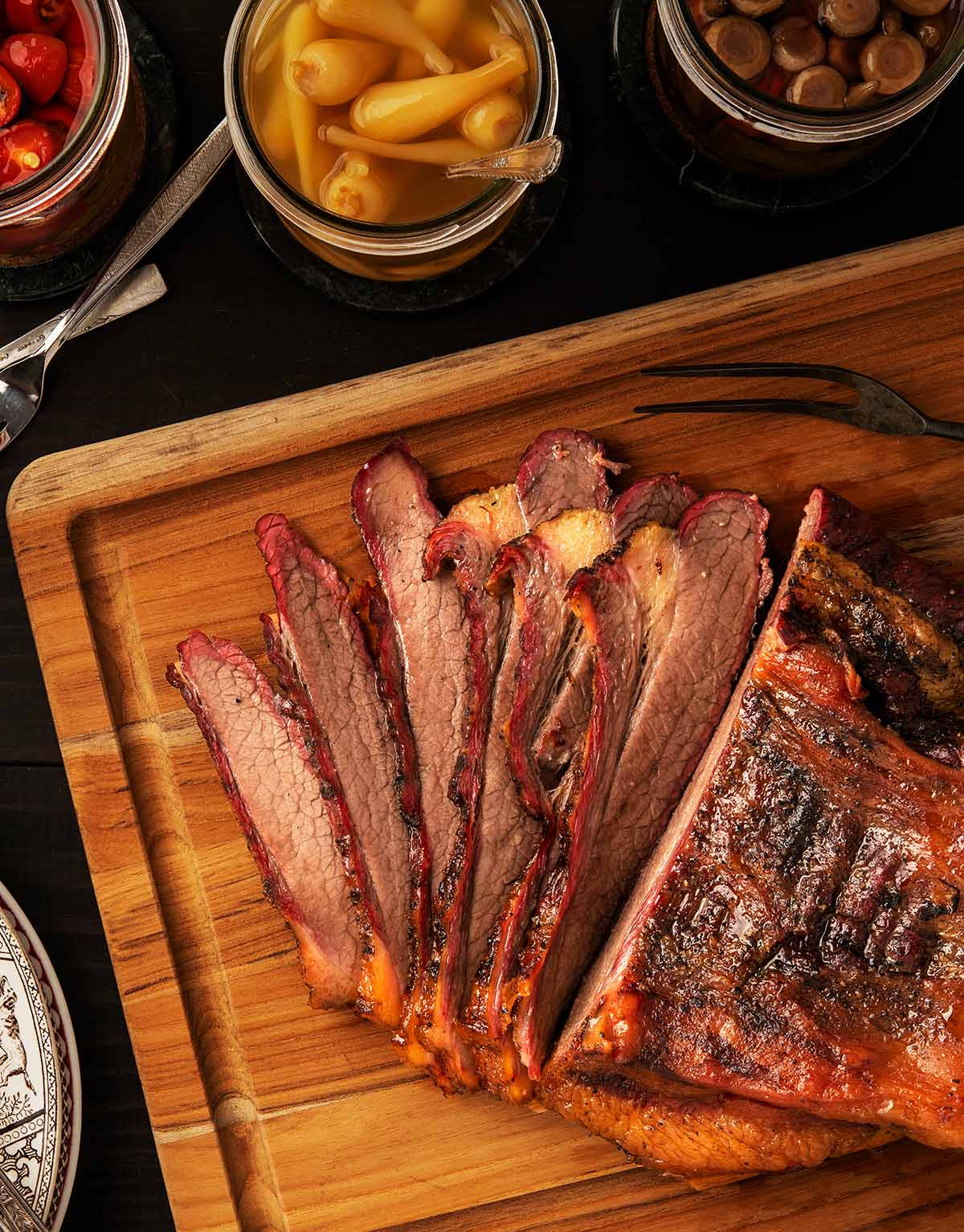
Finishing Steps
Wrapping is your call. I’ve done both foil and butcher paper, and for bison brisket I prefer foil because it seals better, so you lose less moisture.
With a beef brisket, there’s a lot of fat that renders out and it bastes itself. Less so with bison brisket. So I want a full seal to prevent moisture loss. Beef is also a looser, wetter meat than bison.
While you could leave the wrapped brisket in the smoker to finish, I prefer moving it indoors to finish in a 225°F oven. How long? Well, be prepared to wait.
A good indicator of when a brisket is done is when you can slip a knife through the fattest part into the meat easily. You can also do the jiggle: Unwrap the brisket and jiggle it. If it wobbles, the connective tissue has softened and you are ready to rock.
If you are looking for an internal temperature, the interior of the brisket will be about 210°F, give or take five degrees. You could pull it at 200°F if you get the good jiggle.
Rest Thine Brisket!
It is very important to rest your bison brisket for at the very least 1 hour, still wrapped.
Some brisket aficionados will wrap the wrapped brisket in a towel or more butcher paper and set it in a cooler to rest for many hours. This can be a great way to hold a finished brisket until ready to serve.
If your bison brisket is foil wrapped, wrap it in one more layer of foil, then swaddle that in a bath towel, then put that in a cooler just large enough to hold it. It will keep at a safe temperature for hours this way, and just get better.
How Long Does it Take?
Well, from the beginning of smoking to slicing, about 14 hours. This is longer than most beef briskets, for all the reasons I’ve mentioned. So allow that much time. A better idea is to make your bison brisket the day before you serve it, so you just have to reheat it. It’ll be fine.
For Hunters
Most people smoking a bison brisket will have bought their meat. But if you are a bison hunter, you will want to harvest the brisket off your animal yourself, unless you have a very good, trusted processor.
You do that by removing the brisket with its fat cap off the bottom of the front of the animal, between its forelegs. This is a decent video showing the process.
You might ask yourself if you can do a brisket from a deer or elk or moose. The answer is “sorta.” I always harvest the brisket off my animals, but because the fat from cervids is very waxy, and because you need that fat to make a good smoked brisket, I don’t advise it.
I braise deer or elk briskets and shred the meat for dishes like Mexican salpicon. A better method for smoking venison would be to use my recipe for smoked venison roast.
If you liked this recipe, please leave a ⭐️⭐️⭐️⭐️⭐️ rating and a comment below; I’d love to hear how everything went. If you’re on Instagram, share a picture and tag me at huntgathercook.
Smoked Bison Brisket
Ingredients
- 1 bison brisket, about 5 pounds
- Salt and black pepper
Instructions
- Ideally you will salt the brisket the night before you start cooking, but you can salt it when you start, too. Salt and pepper the brisket really well. This would be when you use a spice rub if you're using one.
- Get your smoker going to about 200°F. Use whatever wood you like, although I prefer oak, hickory or cherry.
- Set the brisket in the smoker fat side up. Smoke for as long as you want, but at least until the internal temperature hits 140°F. I prefer about five to six hours under smoke. You probably don't want to let it go more than eight hours.
- Now wrap your brisket. I prefer foil for bison, butcher paper for beef, because the bison is lean and its connective tissue takes longer to break down, so you want a better seal. If you want or have some, pour some melted bison, beef or pork fat over the brisket before you seal it. Set the wrapped brisket either back in the smoker or an oven set to 225°F. Cook until it hits an internal temperature of at least 195°F and up to 210°F. This could take many hours, so be patient.
- The brisket is done when you jiggle it and it wobbles, meaning the connective tissue has broken down, or when the point of the knife slips in easily to the thickest part of the meat, and the brisket is very tender. Remove it from the heat and let it rest, still wrapped, for basically as long as you can stand, but at the very least 1 hour. Slice and serve after that.
Nutrition
Nutrition information is automatically calculated, so should only be used as an approximation.
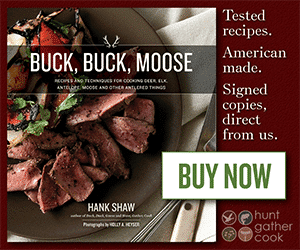
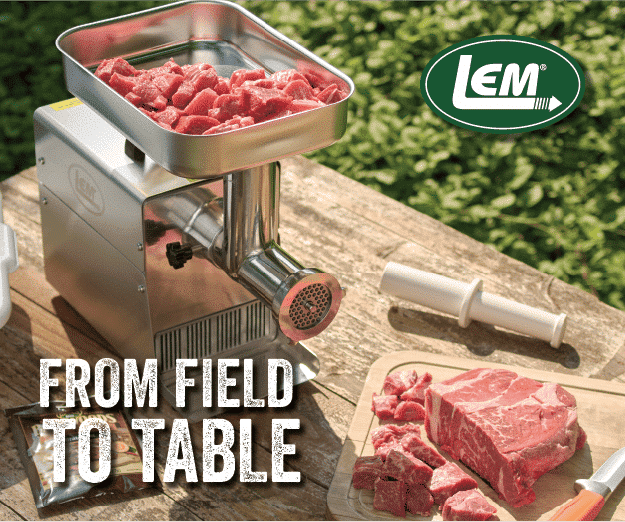
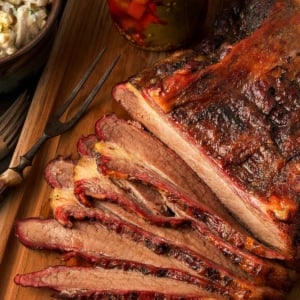
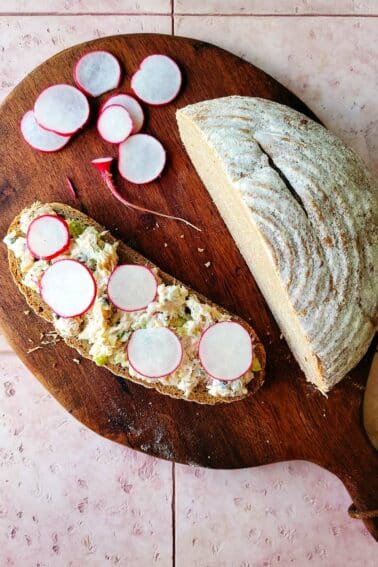

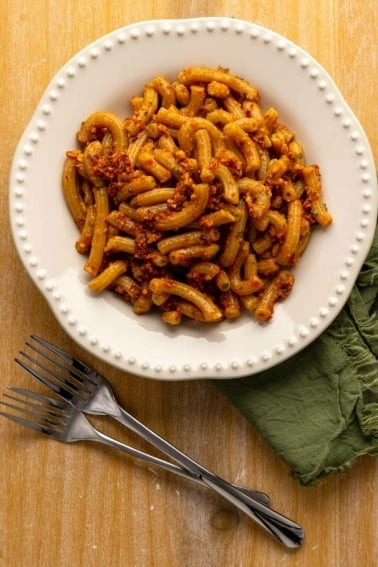
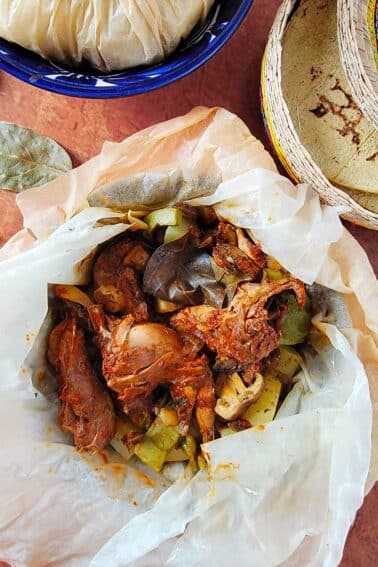
I followed your recipe and the Bison brisket turned out great. after the 5 hours at 180, I placed it in a cookie sheet with beef broth and 1/8 cup of apple cider vinigar and 1/2 cup water to keep moist. turned out fantastic at 11 hours. thank you
I thought it was going to take longer than 14 hrs I smoke my Angus Brisket 16 hrs that is what my customers love. I have one question where can I buy Bisson brisket?
We in Kansas are fortunate to have bison ranches. Email shirleyplumlee@hotmail.com or visit their web page at http://www.plumleeranch.com/index.htm
depending on your location you’ll have to talk to them about shipping.
I finally decided to give bison brisket a try and sent an email, haven’t heard back as of yet but then again it is a Sunday. Fortunately for me I onlhave a b out a 20 mile drive to their ranch.
Hope this helps. cptnjon
Would this method work for a fall black bear roast, with some of the fat left on to self-baste?
Martin: It absolutely would, although I’ve not yet tried it. Try to use a roast vaguely the same shape as a brisket.
How’d you know I was wanting to learn to cook brisket?!
Great idea
Crazy good. Did this recipe with a grass fed highlander brisket that was raised on grass for 4+ years. That’s the closest I’m going to come to a bison brisket. I didn’t think I could make a brisket this good. It was so flavorful and tender but not fatty. I loved it and so did everyone who tasted it. My brother in law said it was the best beef he’s ever had, period.
Thanks Hank, you never let us down!
About choosing a wood to use for smoking meat: I am wondering if there are some woods which are not good because they might have bad flavors or unhealthy oils in them? A list of these would be good. Although it is fragrant, I suspect that using Bay Myrtle (umbellularia californica) is not advised because although it is aromatic, it’s my understanding that some of these oils are mildly toxic. Can you advise? Also, chart of meats versus appropriate woods would be fun! I like your recipes and attitudes. Purloined plums do indeed make great sauce…
Betsy: With rare exceptions, conifers are a no go, like pine and fir. I know of no fruitwood or hardwood that is bad to smoke with. I don’t know about California bay in specific, though.